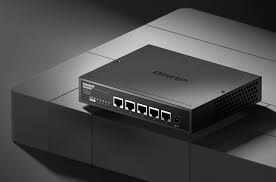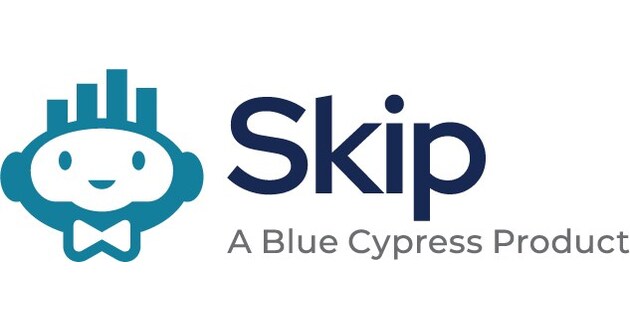India’s Smartphone Market Hits Five-Year High in Festive Q3 2025, Up 4% YoY on Premium Demand
India’s smartphone market reached a five-year high
in the festive third quarter of 2025 (3Q25), growing 4.3% year-over-year (YoY)
to 48 million units, according to the International
Data Corporation ’s (IDC) Worldwide
Quarterly Mobile Phone Tracker . The growth was
driven by strong demand for premium smartphones, supported by both new launches
and previous-generation models. However, momentum was offset by weaker demand
for entry-level Android smartphones and rising average selling prices (ASPs),
highlighting the market’s continued shift toward higher-value segments.
Apple recorded its highest-ever quarterly shipments
in India in the third quarter of 2025 (3Q25), reaching 5 million units and
securing the fourth position in the market for the first time. The brand
achieved a strong 25.6% YoY growth, driven by sustained demand across both new
and existing models. The iPhone 16 remained the most-shipped smartphone in
India during the quarter, contributing 5% of total market shipments, while the
newly launched iPhone 17 series and iPhone Air saw a record-breaking debut,
accounting for 16% of Apple’s Q3 shipments—the strongest launch-quarter
performance for any iPhone since 2021.
Growth during India’s festive quarter
was driven by a combination of market stimulators, including attractive pricing
and deep discounting, flexible payment options, trade-in and upgrade programs,
and promotional offers such as cashbacks and bank deals across both online and
offline channels. “Notably, the eTailers relied heavily on discount-led sales
of previous-generation flagship models from Apple and Samsung, which
significantly boosted overall volumes,” said Aditya Rampal, senior research analyst,
Devices Research, IDC Asia/Pacific.
Key Highlights for
3Q25:
Smartphone average selling prices
(ASPs) surged to a record US$294 in 3Q25, growing 13.7% year-over-year (YoY),
driven by strong demand for premium and higher-spec models.
• Entry-Level
(Sub–US$100): The entry-level segment witnessed strong growth of 35.3%
YoY, expanding its share to 16%, up from 13% a year ago. Xiaomi, realme, and
vivo led the category, together accounting for over 50% of shipments.
• Mass-Budget
(US$100–US$200): Shipments in the mass-budget segment declined 8.8%
YoY, with market share dropping from 45% to 40%. vivo, OPPO, and realme
continued to dominate this range, with the OPPO A5 and vivo T4X emerging as
top-selling models.
• Entry-Premium
(US$200–US$400): The entry-premium segment saw a 4.9% YoY decline in
shipments, as its share decreased from 29% to 26%. vivo, OPPO, and Samsung led
the category, followed closely by Motorola, whose Edge 60 Fusion was the
highest-shipped model in this price band.
• Mid-Premium
(US$400–US$600): The mid-premium segment grew 10.7% YoY, with share
rising from 3% to 4% in 3Q25. Samsung climbed to the top position, followed by
OPPO and OnePlus. The Galaxy S24 contributed nearly one-quarter of total
shipments in this range, driven by steep discounting on eTailer platforms.
• Premium
(US$600–US$800): The premium segment recorded robust growth of 43.3%
YoY, as its share increased from 4% to 6%. Apple’s iPhone 16, iPhone 15, and
iPhone 17 collectively made up over 70% of shipments in this category.
• Super-Premium (US$800 and
above): The super-premium segment posted the highest growth of 52.9%
YoY, with share rising from 6% to 8%. Apple regained leadership from Samsung,
with 66% and 31% share, respectively. Key models driving the segment included
the iPhone 16, Galaxy S24 Ultra, Galaxy Z Fold7, iPhone 16 Pro, and Galaxy S25
Ultra.
Qualcomm-based
smartphone shipments grew 17.9% YoY, capturing a 29.2% market share in
3Q25. The growth was driven by shipments of Xiaomi/POCO/Nothing devices. In
contrast, MediaTek’s share declined to 46.0%, down from 53.1% a
year ago, following a 9.7% YoY drop in shipments.
The offline channel
continued its growth momentum in 3Q25, with shipments rising 21.8% YoY and
its market share expanding to 56.4%, up from 48.3% a year ago. Conversely, the
online channel’s share declined to 43.6%, from 51.7% in 3Q24, with shipments
falling 12.0% YoY. Sustained offline growth over recent quarters was driven by
festive season schemes and discounts, attractive trade partner margins for
achieving sales targets, and strategic price adjustments by brands. While major
eTailers also offered similar promotions, the deepest discounts were
concentrated in the premium device segment, which in turn softened demand for
entry-level and lower mid-tier Android smartphones.
Continuing its strong
performance, vivo retained the top position for the seventh
consecutive quarter, supported by a comprehensive product strategy spanning
multiple price segments and a balanced presence across online and offline
channels. OPPO moved up to the second position,
overtaking Samsung, driven by aggressive offline channel
initiatives and trade schemes. Among the top brands, Motorola recorded
the highest YoY growth at 52.4%, followed by Apple, which grew
25.6% YoY, reflecting the sustained demand for its premium lineup.
“Aggressive festive promotions and
flexible financing options drove strong shipment volumes in Q3 2025. However,
consumer demand remained concentrated in the premium segment, leaving the mass
market under pressure and resulting in a significant inventory build-up heading
into Q4 2025,” said Upasana Joshi, senior research manager,
Devices Research, IDC Asia Pacific. “This surplus has been further exacerbated
by rising component costs—particularly in memory—and currency fluctuations,
prompting brands to raise prices post-Diwali. As a result, IDC forecasts a
year-over-year decline in shipments for Q4 2025, leading to an overall annual
contraction, with total smartphone shipments expected to fall below 150 million
units for the year.”


































Leave A Comment